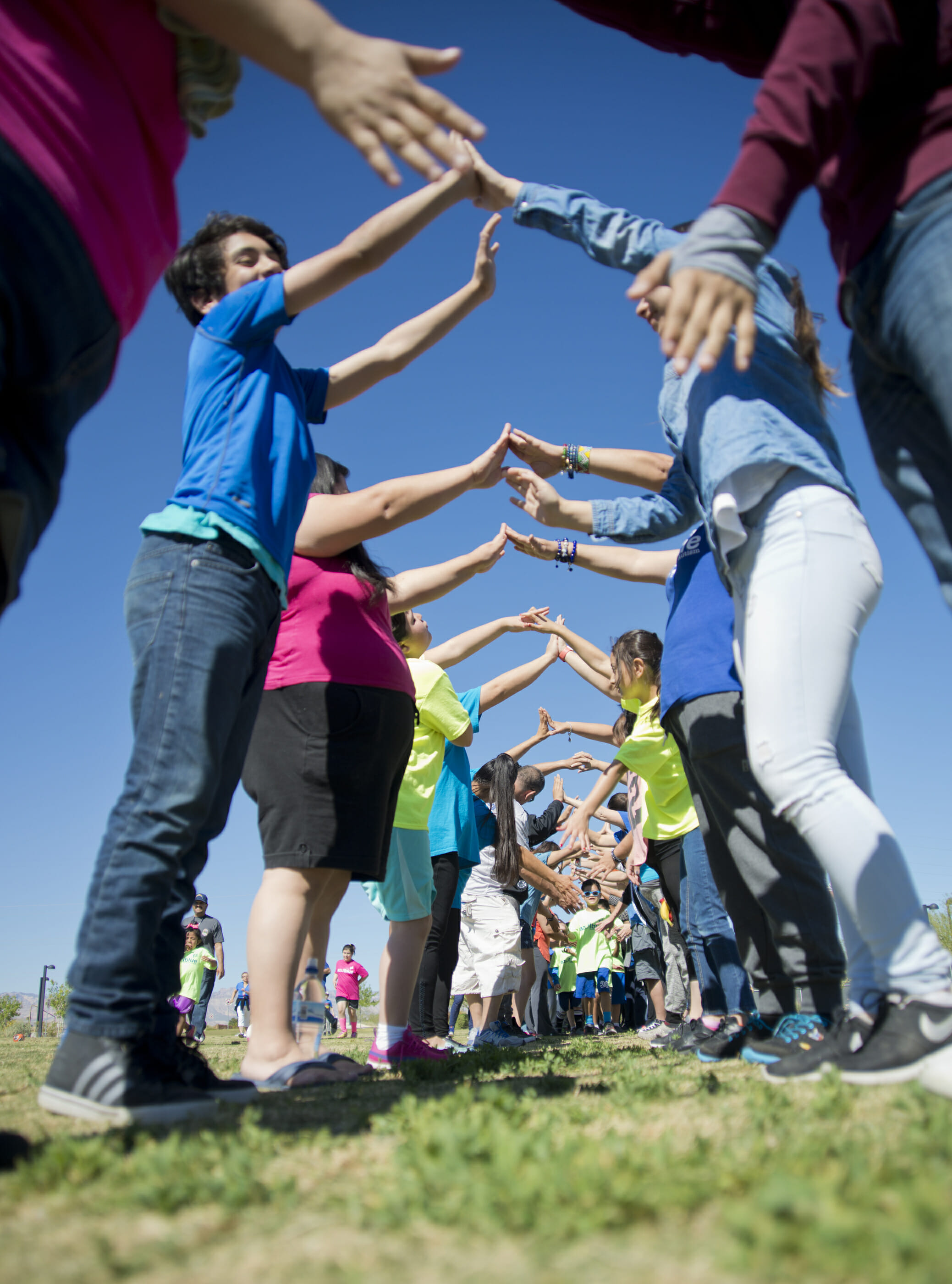Seeing the other: Using restorative justice as a way to resolve conflict and crime

By C. Nicole Glass
Imagine you are at work and get a call from your child’s school. It is the administration. The voice on the other end informs you that your child has been assaulted and taken to the hospital. You have to make arrangements to leave work, drive to the hospital, and all the while you are anxious to know how bad the assault was, how bad the injuries are and who the other child is. Your anger grows as you enter the emergency room. How could the school let something like this happen? School is supposed to be a safe place, a place for learning. In your mind, you question the other kid’s parents. How are they raising their children?
Now imagine yourself as the other parent. You get a call from the school that your child has been arrested for assaulting another student. You have taught your child that fighting is never okay, that you should never get so angry that you put your hands on someone. Fear sets in. What caused this to happen? Was it my child’s fault or were they defending themselves? Your child is getting ready to go to college in a year and you wonder: how will this affect them? And how did the school allow this to happen? Your mind is racing; you are frustrated and even angry.
This situation happens every day in schools in our community, leaving the families involved with more questions and heartache than answers and closure. Our schools and juvenile justice system have, for years, focused on punishments for incidents like these instead of looking for resolution, learning and healing. “No tolerance” policies focus on rules and consequences, but is a focus on punishment always the best course of action after an incident?
No tolerance laws can never prevent violence, teach our children what they should be doing and why, or bring about healing in a fractured learning environment. As a result, juvenile justice systems in American cities are turning to “restorative justice” and its practices. The goal is to fill the gaps that laws and punitive measures do not. As we hear about a spectrum of violence in our nation’s schools, it’s worth considering using alternative methods of conflict resolution here in Nevada. Young people need to be taught how to control or channel their negative emotions. Schools can play a vital role in a child’s maturation.
Many of the communication practices of restorative justice are done as people sit or stand in a circle in order to create equality in voice. It teaches people how to talk out their conflicts rather than fighting. It also helps heal the parties harmed in a conflict. Restorative justice concepts and practices have been used to build community and resolve conflict in indigenous cultures, including the Maori people of New Zealand, Native American tribes in the U.S., the Mayan people of Guatemala and many others for thousands of years (see: Kay Pranis, Little Book of Circle Processes, 2005).
I first learned about restorative justice from John M. McDonald & David B. Moore who co-founded a group called Transformative Justice Australia (TJA). They use Community Conferencing, a process whereby people who are directly involved and affected by an incident or conflict come together to hear what happened, hear how everyone was affected and decide collectively how to best repair and resolve the conflict or crime. In this process, the group also is tasked to come up with a fair agreement(s) enabling the repair of harm in the community and, if applicable, how parties will interact in the future. The “community” in this process is defined as those who care about the people involved. The process works more often than not because (1) it is voluntary and (2) it lets those involved decide for themselves what they need in order to feel healed and move forward in a way that is inclusive and fair to them as a group. A neutral-trained person facilitates the conversation about the incident or crime.
The Restorative Response Center (formerly Community Conferencing Center) in Baltimore, Maryland that adapted the TJA model has facilitated thousands of these voluntary “RJ” circles in the city. Of the many cases they have handled, they have had a greater than 90 percent success rate in reaching an agreement — and the same success rate for compliance with the agreement. Sometimes, the resolution does not end with the circle and agreement. The long-lasting effects can change the direction of young people’s lives. A byproduct of these restorative practices for some young people is that they are seen and heard for the first time. The process also allows participants to see each other as human beings and not just an instance of bad behavior.
The use of restorative justice has been a tool to help transform harm and hurt into an opportunity to teach and learn, resolve and build relationships. When one feels connected to another human, that person is far more likely to be able to resolve conflict in a way that brings people closer. In the wake of the current state of our schools, we have to do better. Restorative justice is one way to move the meter forward in a positive direction that has better outcomes for not just those involved. It can benefit us all.
Nicole Glass has more than 14 years’ experience as a restorative justice practitioner and is the Co-Founder of Restorative Solutions, a restorative practices consulting and training team. Restorative Solutions offers technical assistance and training to schools, systems and communities who wish to learn about or implement restorative practices in their local areas.
